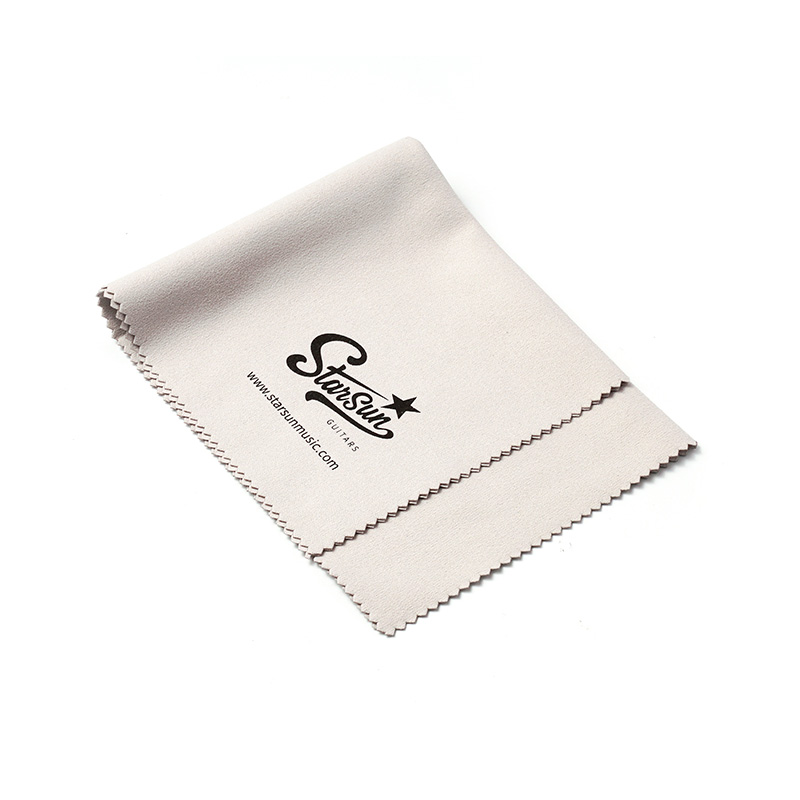Key Features of Instrument Cloth
Instrument cloths are designed with a specific set of characteristics that make them indispensable for precision maintenance. These cloths are typically made from microfiber or other soft, lint-free materials. The fine fibers allow for the effective removal of dust, oils, and other contaminants without leaving behind fibers or residues, which could interfere with instrument operation.
Additionally, instrument cloths are highly durable, resistant to wear, and can be washed and reused multiple times without losing their effectiveness. This makes them not only a reliable cleaning tool but also an environmentally sustainable choice.
Applications Across Various Industries
Medical and Healthcare:
In the medical field, instrument cloths are essential for cleaning surgical tools, diagnostic equipment, and even medical instruments used for imaging or laboratory analysis. The delicate nature of these devices requires cloths that will not scratch or damage surfaces. Instrument cloths help maintain sterility and prevent cross-contamination, contributing to patient safety.
Laboratory and Research:
Researchers rely on instrument cloths to clean microscopes, spectrometers, and other high-precision laboratory instruments. Even a small particle of dust can alter measurements or affect the quality of experiments, making it crucial to use specialized cloths for cleaning sensitive instruments.

Electronics and Optics:
Instrument cloths are commonly used in the electronics and optics industries to clean lenses, screens, and other precision parts. The microfiber design ensures that dirt and grease are effectively removed without leaving streaks, which is especially important for optical devices where clarity is paramount.
Benefits of Using Instrument Cloth
Prevention of Surface Damage:
Unlike paper towels or regular cleaning cloths, instrument cloths are non-abrasive, meaning they won't scratch or damage delicate surfaces. This is essential for preserving the functionality of sensitive instruments.
Enhanced Efficiency and Accuracy:
Instruments that are regularly cleaned with the appropriate cloth perform more accurately. In the medical field, for instance, the cleanliness of diagnostic tools can affect the outcome of tests and procedures.
Cost-Effective and Sustainable:
Instrument cloths are reusable, reducing the need for disposable wipes and other cleaning products. This not only lowers operational costs but also minimizes environmental waste.
Consistency in Cleaning:
Instrument cloths provide a consistent cleaning effect with each use, ensuring that instruments remain in optimal condition. They can be relied upon to perform the same cleaning function over an extended period, making them a dependable choice in any industry that uses precision equipment.
 English
English 日本語
日本語











